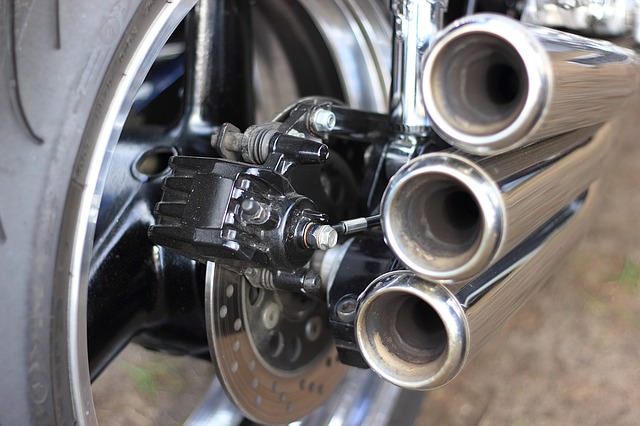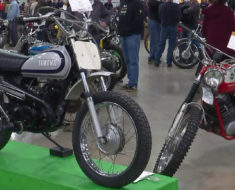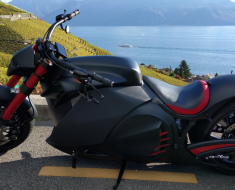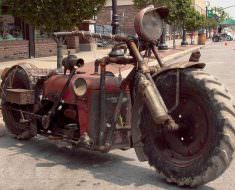It’s a common belief that switching to two-wheels is, among other perks, the more environmentally friendly choice.
Motorcycles are far more fuel-efficient than cars, they weigh less and have much smaller engines. They use less fuel than cars, and because they are smaller, they require fewer raw materials to make.
But are they really greener than cars?
Back in 2011 The Mythbasters show put this theory to a test. They have selected three motorcycles and three cars that represented popular models from the ‘80s, ‘90s and ‘00s and they put the six vehicles through a 30- minute, 20-mile course. Seventy-five percent was freeway driving; the other 25 percent was in the city.
All of the vehicles were equipped with portable emissions-measuring systems that took exhaust gases from a probe in the tailpipe and engine information from the engine control unit. The devices determined the vehicles’ fuel economy and emissions profiles while the vehicles were running.
The outcome? As expected, motorcycles were indeed more fuel efficient than cars and emitted less of the greenhouse gas carbon dioxide, but they emitted far more smog-forming hydrocarbons and oxides of nitrogen, as well as the toxic air pollutant carbon monoxide. For the most recent model year vehicles tested — from the ’00s — the motorcycle used 28% less fuel than the comparable decade car and emitted 30% fewer carbon dioxide emissions, but it emitted 416% more hydrocarbons, 3,220% more oxides of nitrogen and 8,065% more carbon monoxide.
The MythBusters’ conclusion: “At best, it’s a wash. Motorcycles are just as bad for the environment as cars,” Savage said on the show. “At worst, they’re far worse.”
“We’ve been working to clean up passenger vehicles since the ’70s,” said Kent Johnson, who’s on the research faculty at UC Riverside and is director of its emissions lab, where the MythBusters’ numbers were analyzed. “We’ve been putting on catalytic converters and sensors to improve their ability to control emissions. We didn’t start doing that on motorcycles until the 2000s. It just shows you how far we’ve taken passenger vehicles and how difficult it is to do the same thing with motorcycles. First of all, there’s no room. And the incremental cost might double the price of a bike.”
While many modern motorcycles are now fuel-injected and equipped with catalytic converters and charcoal canisters to control emissions, they still pale in comparison to the emissions controls of cars. That point was made in a followup emissions test performed on the “MythBusters” ,when the host constructed an aerodynamic shell for a “late-model,” 250-cc, single-cylinder motorcycle equipped with fuel injection and a catalytic converter.
Without the aerodynamic shell that transformed it into the so-called “bubble bike,” the motorcycle achieved 56.1 miles per gallon, but it ranked second-highest for carbon monoxide emissions and third-highest for hydrocarbons and oxides of nitrogen of all the vehicles tested during the show. The aerodynamic shell increased the bike’s fuel economy to 70.9 miles per gallon, but its carbon monoxide, hydrocarbon and oxides of nitrogen emissions remained stubbornly high.
Any thoughts?
(Source: LA Times)







